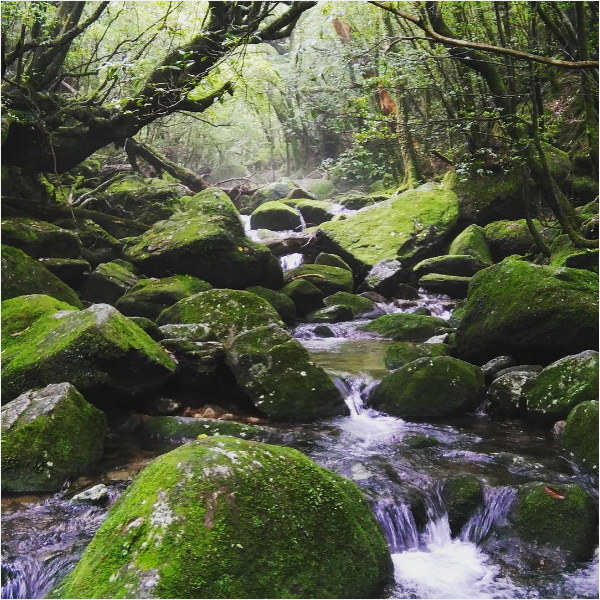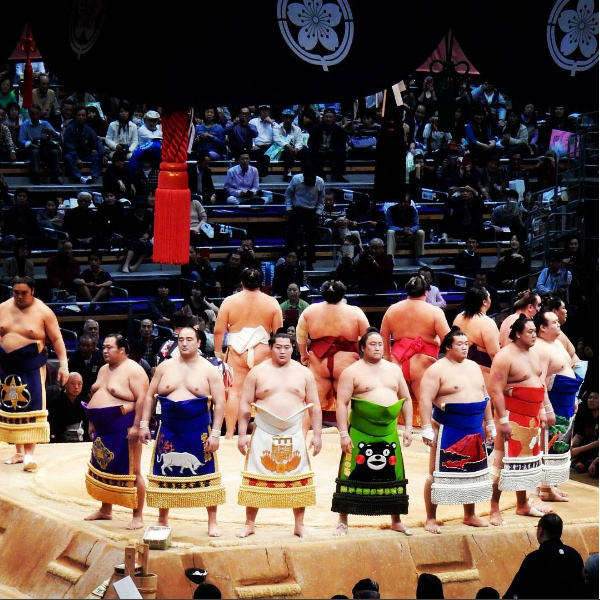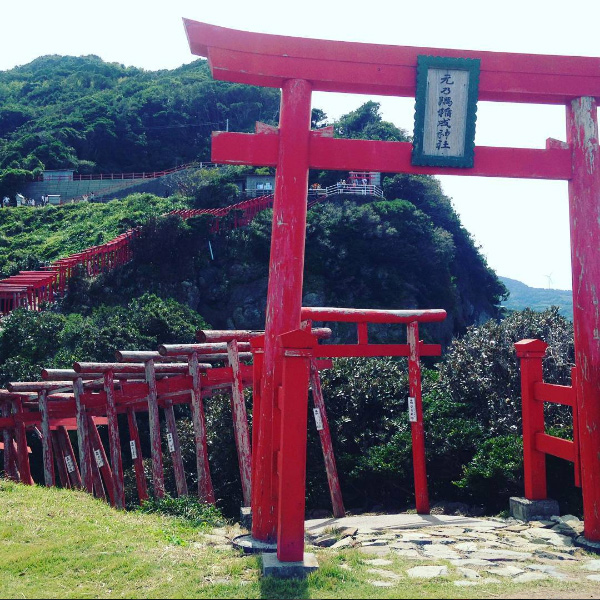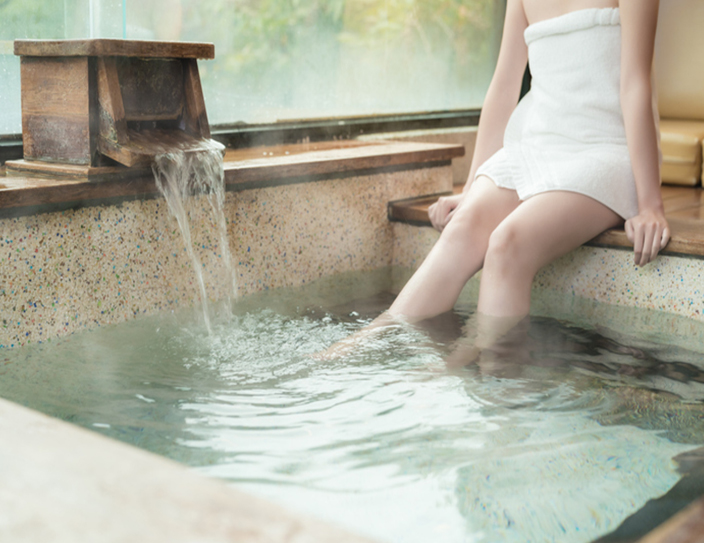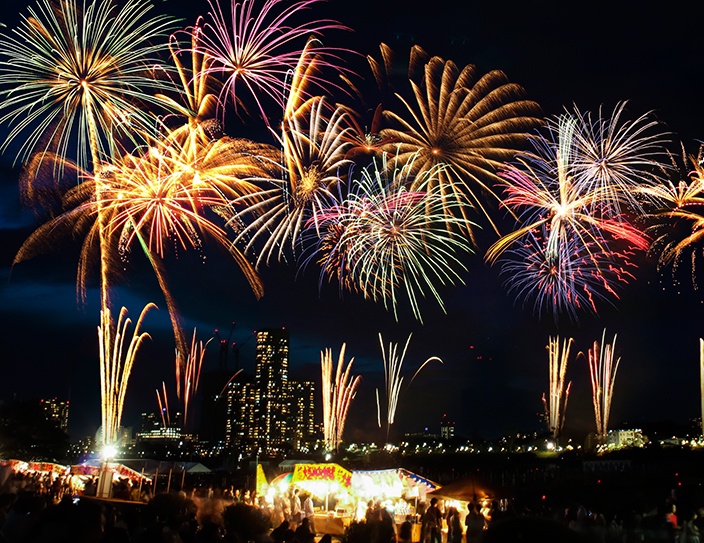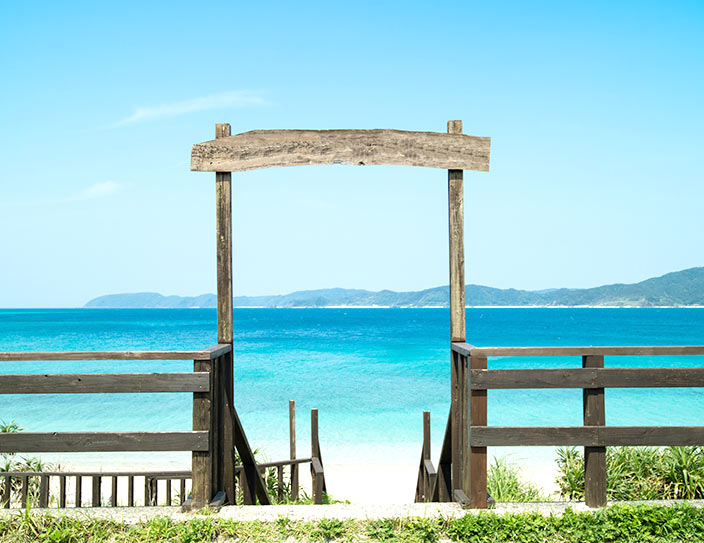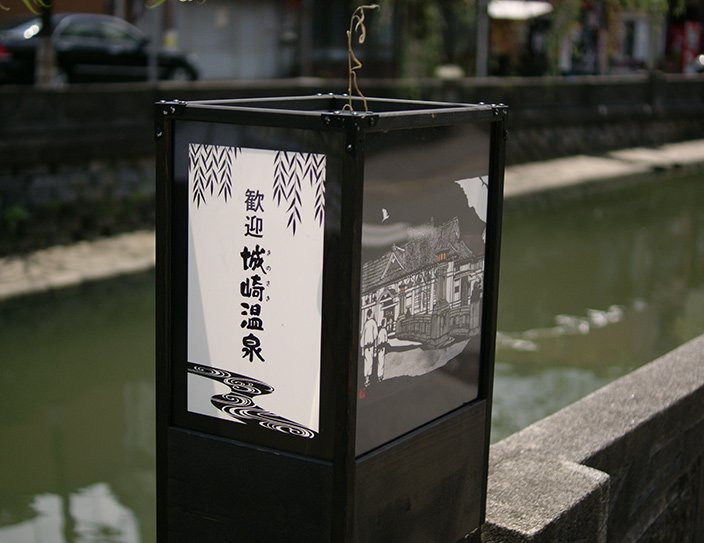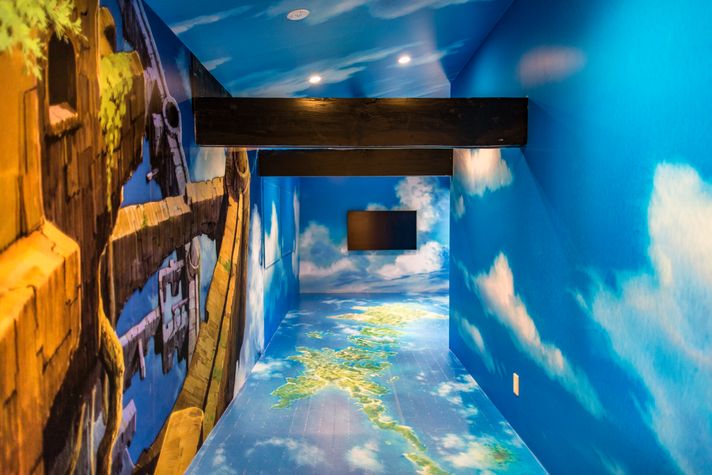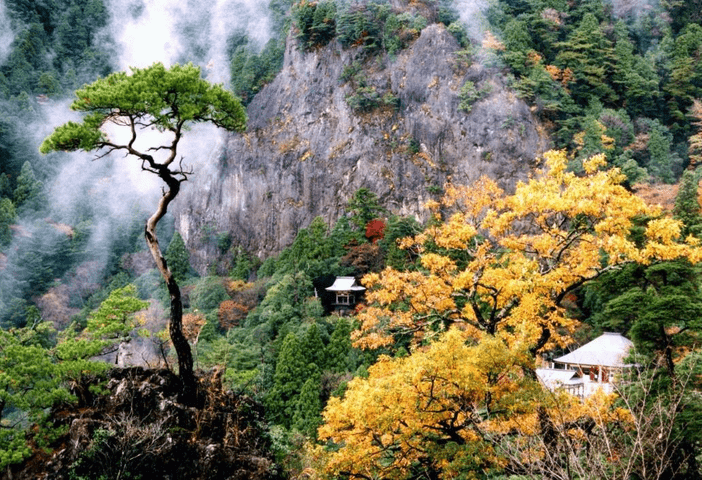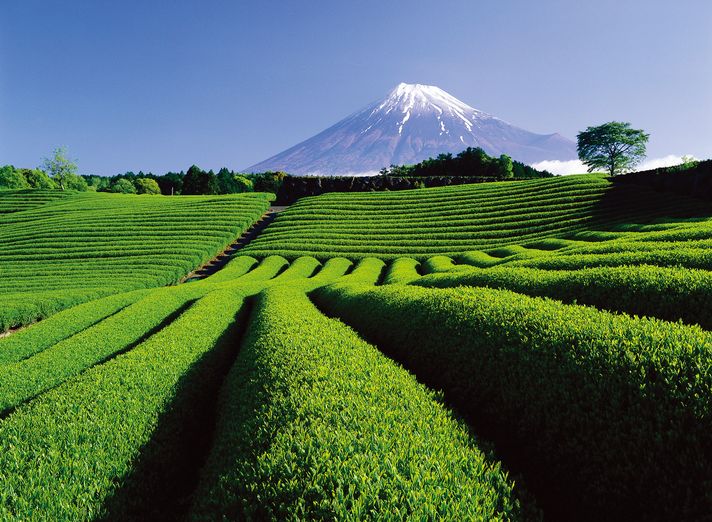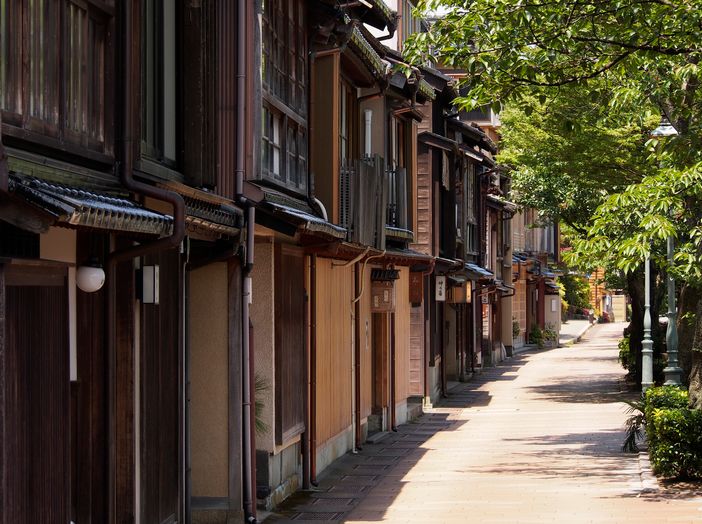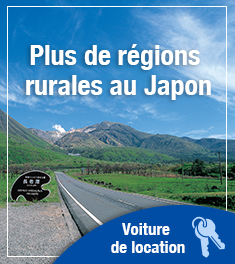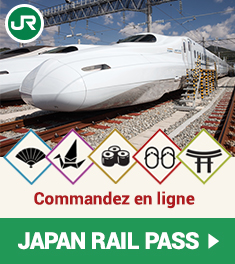If you are thinking winter holiday and loads of natural snow is an essential item on your wish list, then Niseko is your ideal destination.
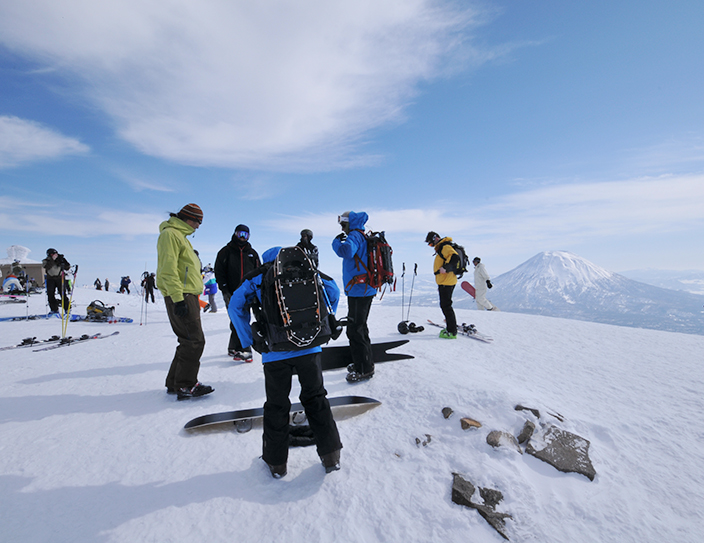 My name is Paul Haggart, and I am a Tourism Strategy Manager at the Niseko Town Council, I am originally from New Zealand, and I have called Niseko home for ten years. From personal experience, nowhere on earth does it snow like Niseko. My hope in writing this article is to make you aware of the virtues of Niseko's infamous "Powder Snow" and inspire you to come and discover this magical part of Japan.
My name is Paul Haggart, and I am a Tourism Strategy Manager at the Niseko Town Council, I am originally from New Zealand, and I have called Niseko home for ten years. From personal experience, nowhere on earth does it snow like Niseko. My hope in writing this article is to make you aware of the virtues of Niseko's infamous "Powder Snow" and inspire you to come and discover this magical part of Japan.
Why do we have such incredible snow?
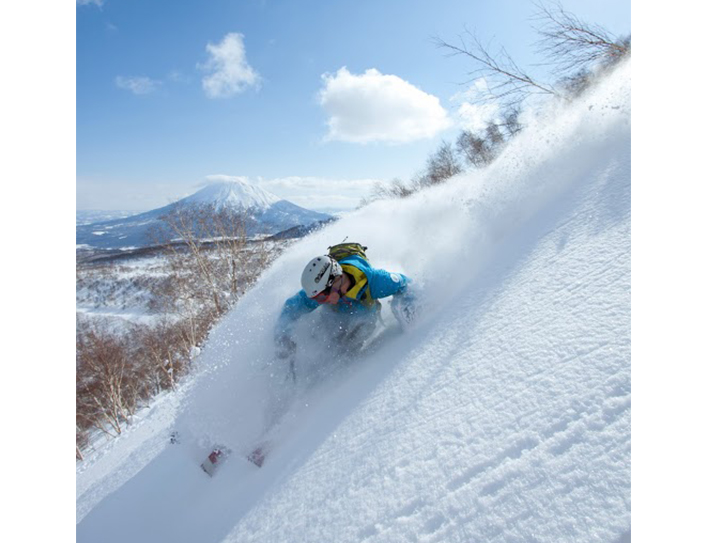 Niseko is in the western part of Hokkaido, Japan’s northernmost island. The cold weather fronts which bring the renowned “Niseko Champagne Powder” for which the area is famous, come primarily from Siberia, these weather fronts absorb moisture as they cross the Sea of Japan and upon hitting the Annupuri ranges, the fronts are thrust upwards high into the stratosphere.
Niseko is in the western part of Hokkaido, Japan’s northernmost island. The cold weather fronts which bring the renowned “Niseko Champagne Powder” for which the area is famous, come primarily from Siberia, these weather fronts absorb moisture as they cross the Sea of Japan and upon hitting the Annupuri ranges, the fronts are thrust upwards high into the stratosphere.
This thrusting action further freezes the cold and moist air, resulting in the removal of a large percentage of the moisture present in the developing snow crystals (The water content of the snow in Niseko is a low 8 % ) before the snow falls silently in vast abundance from the clouds blanketing the land below. Niseko’s domineering Mt Yotei (1,898m) a dormant volcano also known as Ezo Fuji or the Mt Fuji of Hokkaido also plays a large part in the generation of snow in the area, it acts as a magnet drawing in the weather fronts with its height and then serves as a wall forcing the cloud formations to drop their contents on top of the Niseko landscape.
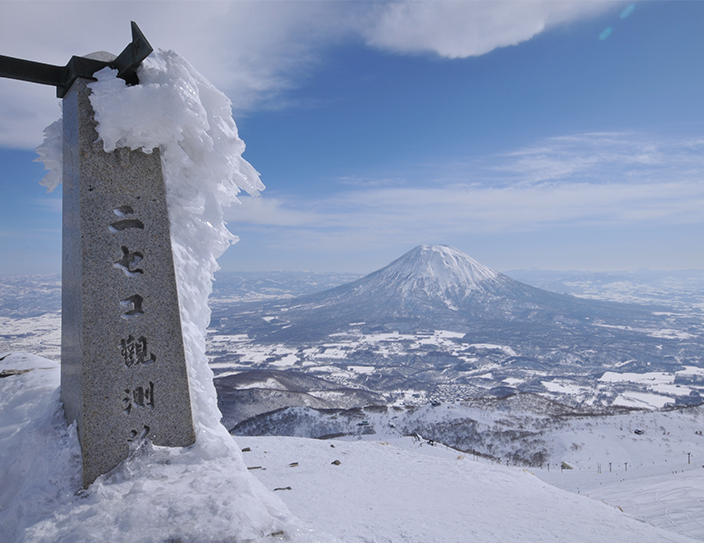 The massive volume of powder snow, which fall at unheard of low altitudes in Niseko happen in a similar way to the heavy snow falls which occur on the northeastern coast of the United States (The great lakes effect). The cold fronts
The massive volume of powder snow, which fall at unheard of low altitudes in Niseko happen in a similar way to the heavy snow falls which occur on the northeastern coast of the United States (The great lakes effect). The cold fronts
crossing a large body of water are a crucial part of Niseko's snow generating secret and are what define Niseko as a snow belt area.
The snowfall average for a season is around 16 meters making it one of the snowiest places on the planet; the snow is equal to and on occasion surpasses the snowfall of Mt Baker located in North America's Pacific North- West and is officially known as the snowiest place on earth. It also has a long-running ski season which runs from late November until early May.
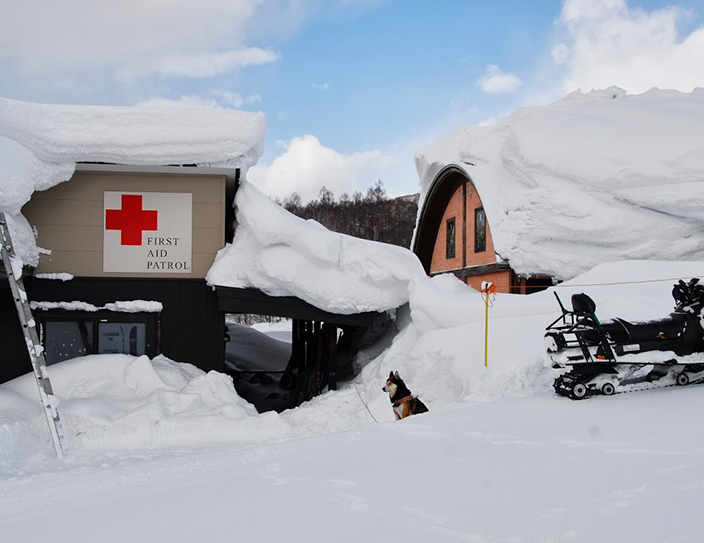
When did Niseko’s Powder Snow become a global phenomenon?
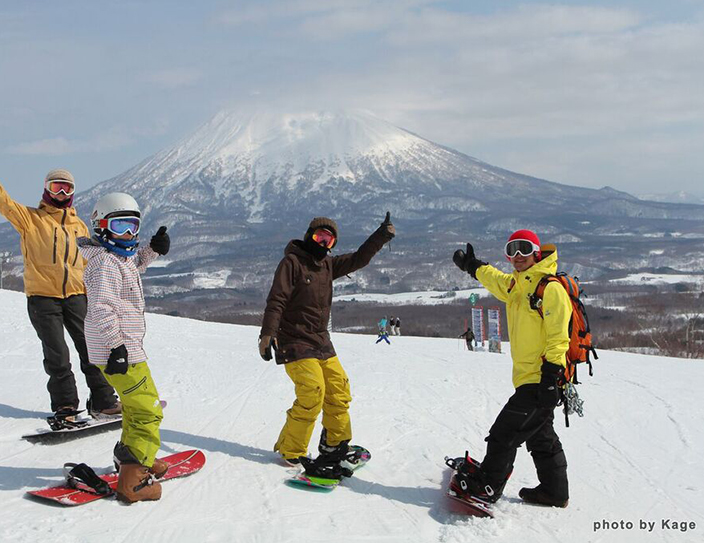 The trend to visit Niseko for international skiers, started at the beginning of the new millennium so in world terms Niseko is a relatively new powder haven and many of the world's skiers and snowboarders are just starting to discover the area and everything that it offers. Niseko has long been a popular location for Japanese skiers the Grand Hirafu Ski Resort, celebrated its 50 anniversary in 2012. The history of skiing in Niseko can be traced back to when General Theodor von Lerch from the Austrian Army taught the Japanese how to ski on Mt Yotei in 1912, over 100 years ago. In more recent times, Australian skiers seeking a constant and reliable power snow experience were among some of the first of the new wave of international visitors to find Niseko. However in more recent years the awareness of the area has
The trend to visit Niseko for international skiers, started at the beginning of the new millennium so in world terms Niseko is a relatively new powder haven and many of the world's skiers and snowboarders are just starting to discover the area and everything that it offers. Niseko has long been a popular location for Japanese skiers the Grand Hirafu Ski Resort, celebrated its 50 anniversary in 2012. The history of skiing in Niseko can be traced back to when General Theodor von Lerch from the Austrian Army taught the Japanese how to ski on Mt Yotei in 1912, over 100 years ago. In more recent times, Australian skiers seeking a constant and reliable power snow experience were among some of the first of the new wave of international visitors to find Niseko. However in more recent years the awareness of the area has
increased globally, and the area is attracting skiers and snowboarders from traditional ski and snowboard markets, like Europe and the Americas, that have been affected by world's changing climate and who have been hit by poor snow falls.
Globally many of the worlds ski resort areas have been affected by climate change affecting their snow conditions and in some cases forcing closures. A few years ago it was relatively unheard of to hear stories of rocks protruding from the ski slopes
and the cancellation of high profile ski tournaments, today these sorts of stories are becoming reality. Italy's northern ski areas have been reporting temperatures at ski lift level of 10 degrees plus and in areas with an elevation of 2000 m plus there is no
natural snow.
So what is Niseko snow?
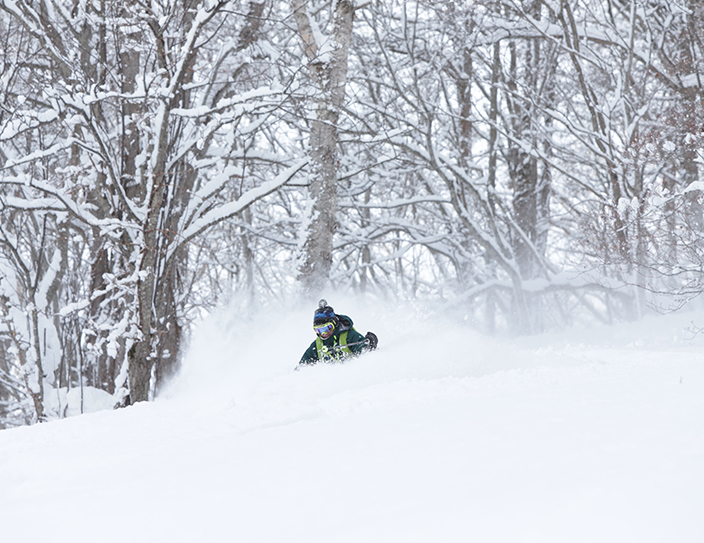 On an average day in Niseko, snowfall can reach 3.3 m in depth, and it is a light and fluffy powder. When you go skiing or boarding the snow envelopes you in a cloud of powder, it is incredibly lightweight and dry. The snowfall is constant and entirely natural; there is no requirement for snowmaking equipment in Niseko. The height of the mountains is a lot lower than the European Alps; this doesn't mean less challenging skiing or snowboarding conditions, with ample snow the skiing and snowboarding in the area is first class.
On an average day in Niseko, snowfall can reach 3.3 m in depth, and it is a light and fluffy powder. When you go skiing or boarding the snow envelopes you in a cloud of powder, it is incredibly lightweight and dry. The snowfall is constant and entirely natural; there is no requirement for snowmaking equipment in Niseko. The height of the mountains is a lot lower than the European Alps; this doesn't mean less challenging skiing or snowboarding conditions, with ample snow the skiing and snowboarding in the area is first class.
Snow is certainly one of the main reasons for the influx of visitors from around Japan and the rest of the world, but it is not the only reason. World class accommodation, natural hot springs, and communication all play roles in making Niseko a hot destination.
Where do you get the best information and updates on Niseko’s snow?
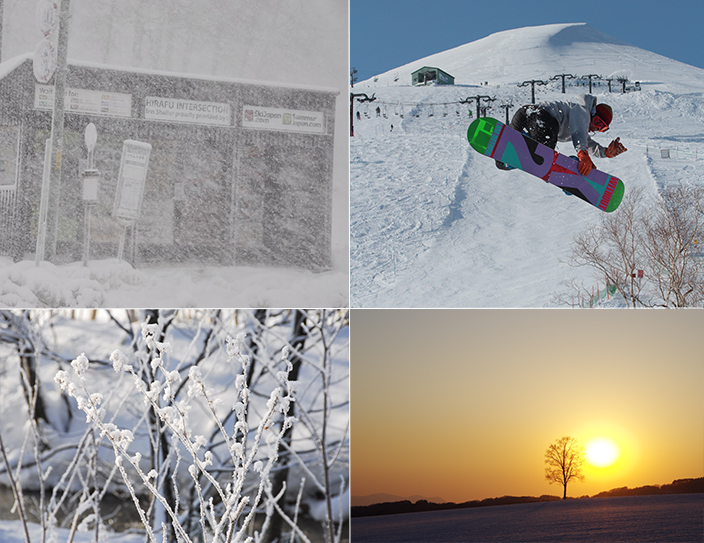 Finding information on Niseko’s ski resorts and the weather are made easy for non-Japanese speakers, information can be found in English and Chinese and updated on a regular basis.
Finding information on Niseko’s ski resorts and the weather are made easy for non-Japanese speakers, information can be found in English and Chinese and updated on a regular basis.
If you are looking for live information on the resorts, Niseko United the consortium of 4 interconnected resorts in Niseko has a very informative and easy to navigate website, this has information on ticketing, lifts, and transportation.
A holiday in the snow often requires looking at comprehensive weather reports for guidance, in Japan finding this information in English can sometimes present a problem, the most accurate and reliable weather reports are on the JMA (Japan Meteorological Association) website.
When to Visit Niseko?
The winter ski season in Niseko stretches over five months from late November to early May. Many people ask when is the best time to visit Niseko? The Niseko winter season is long so one answer does not cover the information required, so I have split the winter into five different periods.
Opening Season (Late November to 6th Dec)
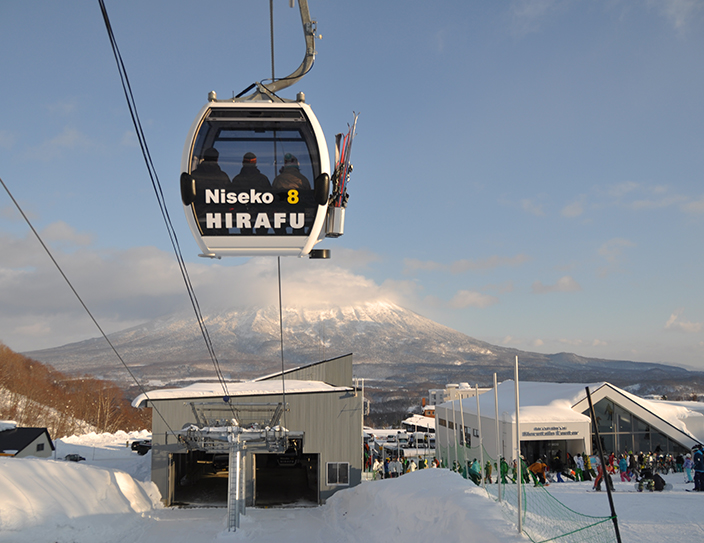 There are no crowds, cheap accommodation and plenty of availability during this time. On the downside is that skiing is limited, and some services and facilities may not be operational.
There are no crowds, cheap accommodation and plenty of availability during this time. On the downside is that skiing is limited, and some services and facilities may not be operational.
A wide selection of accommodation is available at rates 30-50% lower than Peak Season rates. Although the first snow typically starts to fall in late October, there is no guarantee that the resort will have sufficient snow to ski top to bottom for opening days and sometimes opening is later. The backcountry gates will not yet be open and off-piste skiing may not yet be available or be very limited in the upper mountain areas. Snow coverage can, however, change very rapidly during this time. The temperatures average between 2°C and - 3°C.
Early Season (7th Dec to the 20th Dec)
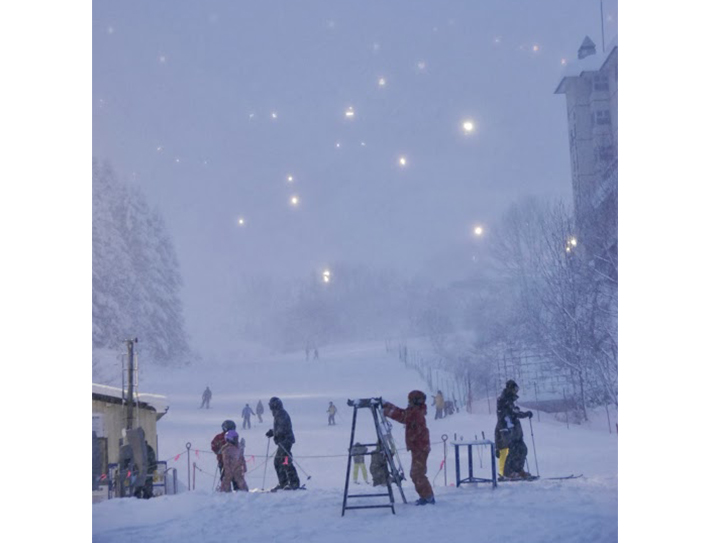 No crowds, cheaper accommodation and there is still good availability. Night skiing and the free village shuttle bus begin operating during this time. On the downside, there is limited off-piste skiing during this period. Accommodation and restaurants start to fill from around the 15th Dec onwards.The backcountry gates will not yet be open and off-piste skiing will still be limited on the lower mountain. Significant snowfalls can rapidly change the conditions. Night skiing is available from Dec 14th. Temperatures at this time of the year average around - 3°C.
No crowds, cheaper accommodation and there is still good availability. Night skiing and the free village shuttle bus begin operating during this time. On the downside, there is limited off-piste skiing during this period. Accommodation and restaurants start to fill from around the 15th Dec onwards.The backcountry gates will not yet be open and off-piste skiing will still be limited on the lower mountain. Significant snowfalls can rapidly change the conditions. Night skiing is available from Dec 14th. Temperatures at this time of the year average around - 3°C.
Excellent snow conditions. Lots of dry powder. Good night skiing. Nightlife has a good party atmosphere. On the downside, the cost of accommodation is higher and bookings fill up very quickly so you need to get in early. If you are a bluebird skier or boarder, there are not many fine and days. Mid December through March is typically the snowiest season, with the best snow in late December, January and February. Niseko receives an average of 14 metres of snow per season with most of it coming during this time. There is excellent powder skiing during this period. High winds may close the top lifts. Temperatures range between - 2°C and - 11°C in the village and -15°C and -25°C at the peak
Shoulder Season (Mid Feb to 31st Mar)
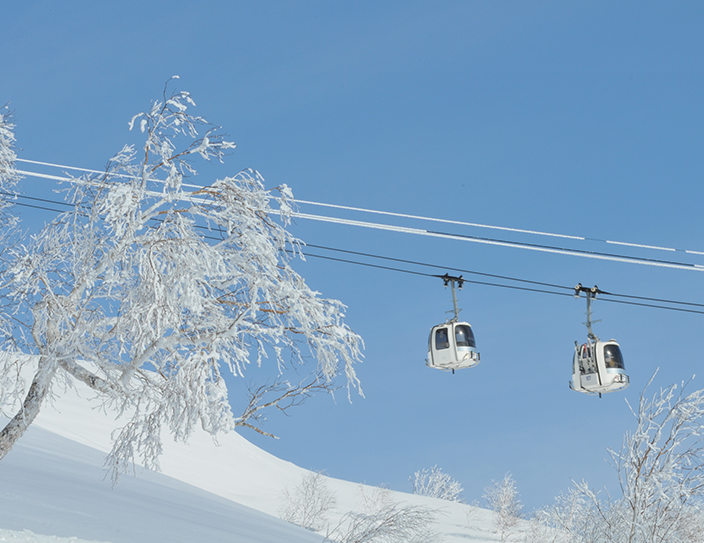 Excellent base of snow. Fewer people and more bluebird skiing days. Great deals for families in March. Powder snow can fall right through until the end of March. Still plenty of nightlife. Lift ticket prices drop. On the downside, snow conditions vary a little during this period so if you are looking for the infamous Niseko powder you need to come a little earlier.
Excellent base of snow. Fewer people and more bluebird skiing days. Great deals for families in March. Powder snow can fall right through until the end of March. Still plenty of nightlife. Lift ticket prices drop. On the downside, snow conditions vary a little during this period so if you are looking for the infamous Niseko powder you need to come a little earlier.
Accommodation prices are lower than the high season and plenty of special deals can usually be found for March, especially for families. Accommodation close to the lifts can book out. Excellent skiing conditions with a high chance of fresh powder snow right through to the end of March. The temperatures at this time of the year average around - 2°C.
The high season crowds disappear. There is still plenty of nightlife but after mid-March bars become quiet. Restaurant bookings are still advisable in February, however in March the volume of people in resort decreases and is not so essential. The night skiing in Niseko ends on the 22nd March.
End Season (April to 5th May)
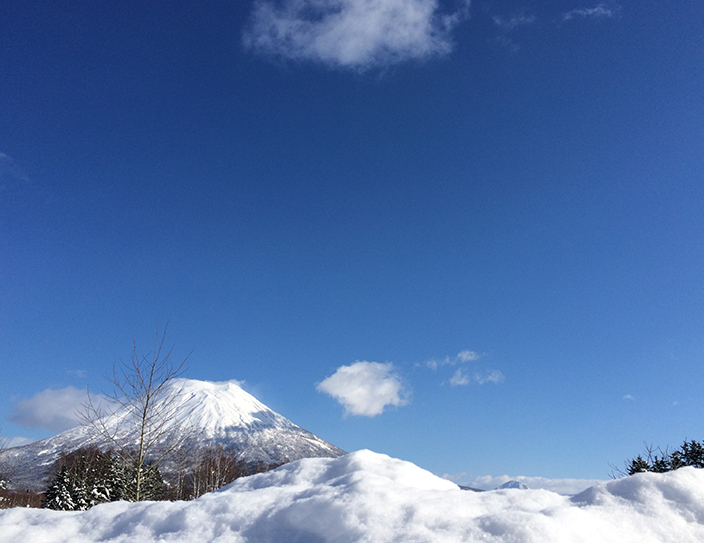 The end of the primary season is the 1st April; there is still a large snow base.The accommodation is much cheaper, and the crowds disappear. On the downside, many of the restaurants begin to close, and skiing becomes restricted as Niseko Village, and the Hanazono resorts close.
The end of the primary season is the 1st April; there is still a large snow base.The accommodation is much cheaper, and the crowds disappear. On the downside, many of the restaurants begin to close, and skiing becomes restricted as Niseko Village, and the Hanazono resorts close.
You can still ski in Niseko up until the 5th May and if you are a golfer you can probably play golf and ski during the same holiday. Temperatures average +4°C at the village level.
The free village shuttle stops operating at the end of the first week of April. You will need to walk to the lifts or have transportation during this time. Most ski schools, restaurants, rental shops close during this time.
Wow this happened in Niseko!
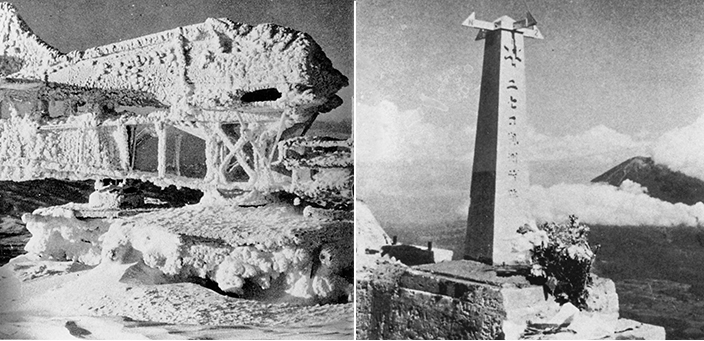
There is a monument near the summit around which many skiers and snowboarders stop to take in the spectacular view out towards Mt Yotei and the Pacific ocean. Many of the people are blissfully unaware of what the plaque says on the side of the monument. It reads “During the war, ice accretion research on aircraft was conducted here, under the leadership of Dr.Ukichiro Nakaya.” famous for his work in creating the world's very first artificial snow, and for his statement “snow crystals are the hieroglyphs sent from the sky.”
Niseko’s harsh mid-winter environment, high winds, and freezing temperatures were perfectly suited to ice accretion research. The study began by observing ice formations using a microscope, inside a snow cave, right up to when a purpose built observatory; constructed near the summit of Mt Annupuri in 1943.
A Navy Type-0 carrier fighter (Zero fighter plane) and various other types of research equipment were outside the observatory. Dr Nakaya’ s used the equipment to study the way in which ice would form on aircraft fuselage and critical rudder and flap equipment and devised ways to prevent these dangerous build-ups from occurring. The research centre closed at the end of the war. The full results of the studies were not released until several years later and had a lasting effect on the world's aviation industry.
The research institutes structure, the mounting base for the Zero fighter remain on top of Mt Annupuri, and the fuselage of the Zero fighter plane can is available for viewing in the Kutchan Fudokan (Museum) in central Kutchan.
This article is the second of a series of articles written by various staff from our office. In preparing these articles we tried to incorporate as many local tips and insider information as possible and hope that this prepares you enough to come and have some of your own out of this world "Niseko Snow" experiences.
The next article from us will focus in-depth on all aspects of Niseko's Ski Resorts and costings!
( Japan Travel Centre par Voyages à la Carte )
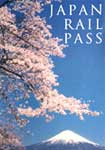 Main JR Pass
Main JR Pass
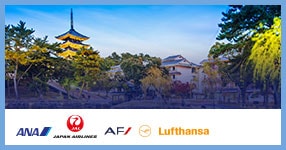 Vol
Vol

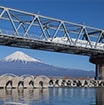




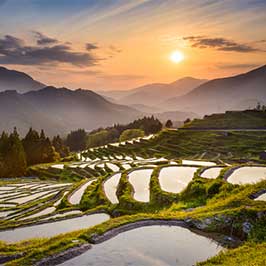
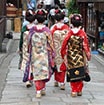
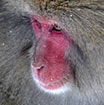
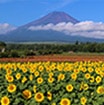



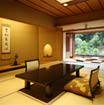

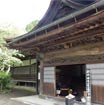



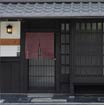

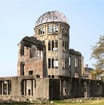
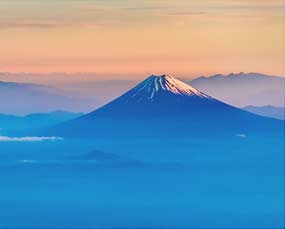
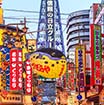
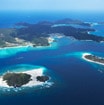
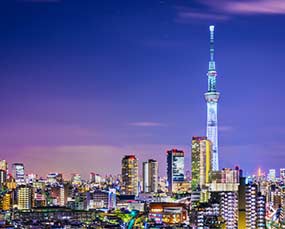


 Niseko is in the western part of Hokkaido, Japan’s northernmost island. The cold weather fronts which bring the renowned “Niseko Champagne Powder” for which the area is famous, come primarily from Siberia, these weather fronts absorb moisture as they cross the Sea of Japan and upon hitting the Annupuri ranges, the fronts are thrust upwards high into the stratosphere.
Niseko is in the western part of Hokkaido, Japan’s northernmost island. The cold weather fronts which bring the renowned “Niseko Champagne Powder” for which the area is famous, come primarily from Siberia, these weather fronts absorb moisture as they cross the Sea of Japan and upon hitting the Annupuri ranges, the fronts are thrust upwards high into the stratosphere. The massive volume of powder snow, which fall at unheard of low altitudes in Niseko happen in a similar way to the heavy snow falls which occur on the northeastern coast of the United States (The great lakes effect). The cold fronts
The massive volume of powder snow, which fall at unheard of low altitudes in Niseko happen in a similar way to the heavy snow falls which occur on the northeastern coast of the United States (The great lakes effect). The cold fronts
 The trend to visit Niseko for international skiers, started at the beginning of the new millennium so in world terms Niseko is a relatively new powder haven and many of the world's skiers and snowboarders are just starting to discover the area and everything that it offers. Niseko has long been a popular location for Japanese skiers the Grand Hirafu Ski Resort, celebrated its 50 anniversary in 2012. The history of skiing in Niseko can be traced back to when General Theodor von Lerch from the Austrian Army taught the Japanese how to ski on Mt Yotei in 1912, over 100 years ago. In more recent times, Australian skiers seeking a constant and reliable power snow experience were among some of the first of the new wave of international visitors to find Niseko. However in more recent years the awareness of the area has
The trend to visit Niseko for international skiers, started at the beginning of the new millennium so in world terms Niseko is a relatively new powder haven and many of the world's skiers and snowboarders are just starting to discover the area and everything that it offers. Niseko has long been a popular location for Japanese skiers the Grand Hirafu Ski Resort, celebrated its 50 anniversary in 2012. The history of skiing in Niseko can be traced back to when General Theodor von Lerch from the Austrian Army taught the Japanese how to ski on Mt Yotei in 1912, over 100 years ago. In more recent times, Australian skiers seeking a constant and reliable power snow experience were among some of the first of the new wave of international visitors to find Niseko. However in more recent years the awareness of the area has On an average day in Niseko, snowfall can reach 3.3 m in depth, and it is a light and fluffy powder. When you go skiing or boarding the snow envelopes you in a cloud of powder, it is incredibly lightweight and dry. The snowfall is constant and entirely natural; there is no requirement for snowmaking equipment in Niseko. The height of the mountains is a lot lower than the European Alps; this doesn't mean less challenging skiing or snowboarding conditions, with ample snow the skiing and snowboarding in the area is first class.
On an average day in Niseko, snowfall can reach 3.3 m in depth, and it is a light and fluffy powder. When you go skiing or boarding the snow envelopes you in a cloud of powder, it is incredibly lightweight and dry. The snowfall is constant and entirely natural; there is no requirement for snowmaking equipment in Niseko. The height of the mountains is a lot lower than the European Alps; this doesn't mean less challenging skiing or snowboarding conditions, with ample snow the skiing and snowboarding in the area is first class. Finding information on Niseko’s ski resorts and the weather are made easy for non-Japanese speakers, information can be found in English and Chinese and updated on a regular basis.
Finding information on Niseko’s ski resorts and the weather are made easy for non-Japanese speakers, information can be found in English and Chinese and updated on a regular basis. There are no crowds, cheap accommodation and plenty of availability during this time. On the downside is that skiing is limited, and some services and facilities may not be operational.
There are no crowds, cheap accommodation and plenty of availability during this time. On the downside is that skiing is limited, and some services and facilities may not be operational. No crowds, cheaper accommodation and there is still good availability. Night skiing and the free village shuttle bus begin operating during this time. On the downside, there is limited off-piste skiing during this period. Accommodation and restaurants start to fill from around the 15th Dec onwards.The backcountry gates will not yet be open and off-piste skiing will still be limited on the lower mountain. Significant snowfalls can rapidly change the conditions. Night skiing is available from Dec 14th. Temperatures at this time of the year average around - 3°C.
No crowds, cheaper accommodation and there is still good availability. Night skiing and the free village shuttle bus begin operating during this time. On the downside, there is limited off-piste skiing during this period. Accommodation and restaurants start to fill from around the 15th Dec onwards.The backcountry gates will not yet be open and off-piste skiing will still be limited on the lower mountain. Significant snowfalls can rapidly change the conditions. Night skiing is available from Dec 14th. Temperatures at this time of the year average around - 3°C. Excellent base of snow. Fewer people and more bluebird skiing days. Great deals for families in March. Powder snow can fall right through until the end of March. Still plenty of nightlife. Lift ticket prices drop. On the downside, snow conditions vary a little during this period so if you are looking for the infamous Niseko powder you need to come a little earlier.
Excellent base of snow. Fewer people and more bluebird skiing days. Great deals for families in March. Powder snow can fall right through until the end of March. Still plenty of nightlife. Lift ticket prices drop. On the downside, snow conditions vary a little during this period so if you are looking for the infamous Niseko powder you need to come a little earlier. The end of the primary season is the 1st April; there is still a large snow base.The accommodation is much cheaper, and the crowds disappear. On the downside, many of the restaurants begin to close, and skiing becomes restricted as Niseko Village, and the Hanazono resorts close.
The end of the primary season is the 1st April; there is still a large snow base.The accommodation is much cheaper, and the crowds disappear. On the downside, many of the restaurants begin to close, and skiing becomes restricted as Niseko Village, and the Hanazono resorts close.
